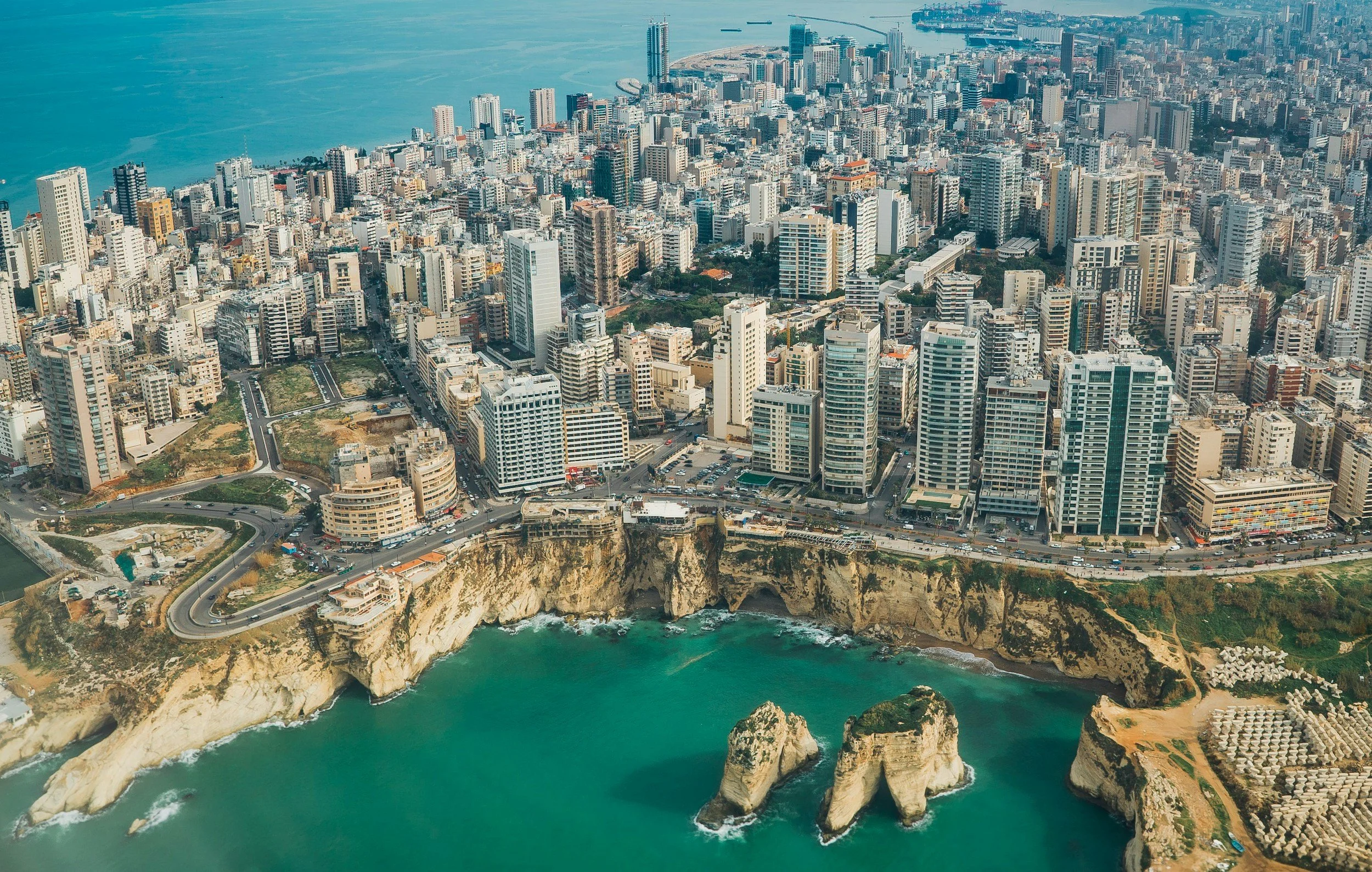
Unlocking Superior Investment Performance with Middle East Expertise
GrowEasy in the Middle East
Trusted Strategic Advisory for Natural Resource Investments Across the Gulf and MENA Region
The Middle East remains a center of gravity for global energy and industrial capital—with sovereign funds, national oil companies (NOCs), and global investors transforming traditional assets while accelerating toward a diversified, decarbonized future.
GrowEasy helps investors thrive in this complex environment by providing strategic foresight, technical depth, and local execution capability—from Riyadh to Muscat, from Abu Dhabi to Cairo.
Why the Middle East Demands Specialized Insight
Sovereign Capital Dominance: Projects often involve SOEs or government-related entities
Localization Requirements: High importance of in-country value (ICV), Saudization, and ESG performance
Decarbonization Mandates: Green hydrogen, CCUS, renewables, and ESG integration are now prerequisites
Geopolitical Interlinkages: Regional dynamics affect energy pricing, security, and trade routes
Why GrowEasy in the Middle East
Trusted Regional Access: Deep relationships with regulators, ministries, SOEs, and industrial clusters
Multilingual Experts: Arabic, Farsi, English fluency across technical and commercial domains
On-the-Ground Capability: Rapid deployment through GCC-based partners and project resources
Integrated Offering: Strategy, due diligence, ESG, localization, and transaction support in one team
Specialty Services in the Gulf Region
Support for Vision 2030 (Saudi Arabia) & Vision 2040 (Oman) industrial priorities
Advisory on Decarbonization Zones, Hydrogen Hubs, and National Industrial Strategies
Alignment with COP28 goals, Green Finance, and Carbon Markets
Project screening in Free Zones (ADGM, DIFC, Duqm, KIZAD, etc.)
Who We Advise
Private Equity & Global Investors: Market access, operator diligence, and post-acquisition value creation
Sovereign Wealth Funds & PIFs: Regional asset screening, privatization opportunities, ESG alignment
Family Offices & HNWIs: Co-investment validation, infrastructure and industrial JV support
Strategic Operators: Local market intelligence, EPC and contractor screening, commercial due diligence
Our Geographical Focus
Gulf Cooperation Council (GCC): Saudi Arabia, UAE, Oman, Qatar, Kuwait, Bahrain
Levant & East Med: Jordan, Iraq, Lebanon, Egypt
North Africa (MENA): Egypt, Algeria, Tunisia, Morocco
Frontier Markets: Yemen (stabilization/development), Syria (post-conflict outlook)
We maintain compliance with international regulations and conduct enhanced due diligence in politically sensitive jurisdictions.
Sectors We Serve Across the Middle East
Oil & Gas (Upstream, Midstream, Downstream)
Brownfield optimization and cost efficiency (Saudi, UAE, Iraq)
LNG, GTL, and integrated gas strategies
Refining, petrochemical integration, and hydrogen-readiness
Technical reviews for farm-ins, joint ventures, and PSCs
Power & Renewable Energy
Gas-to-power and hybrid power plants
Utility-scale solar (PV, CSP), wind, and energy storage
Green hydrogen feasibility and localization advisory
IPP structuring, power purchase agreement (PPA) advisory
Petrochemicals & Industrial Zones
Downstream diversification and chemicals masterplans
Free zone and industrial city advisory (e.g., Jubail, Ruwais, Duqm)
Feedstock strategy and global competitiveness benchmarking
Mining & Resource-Based Industries
Support for Saudi Arabia’s mining transformation under Vision 2030
Strategic mineral development (phosphates, copper, gold, rare earths)
Infrastructure and supply chain readiness assessments
Explore Deeper
GrowEasy brings clarity, capability, and control to every stage of your investment journey
Connect with the Experts, Unlock Investment Success
Visit www.groweasy.ae or email us at info@groweasy.ae to understand more






